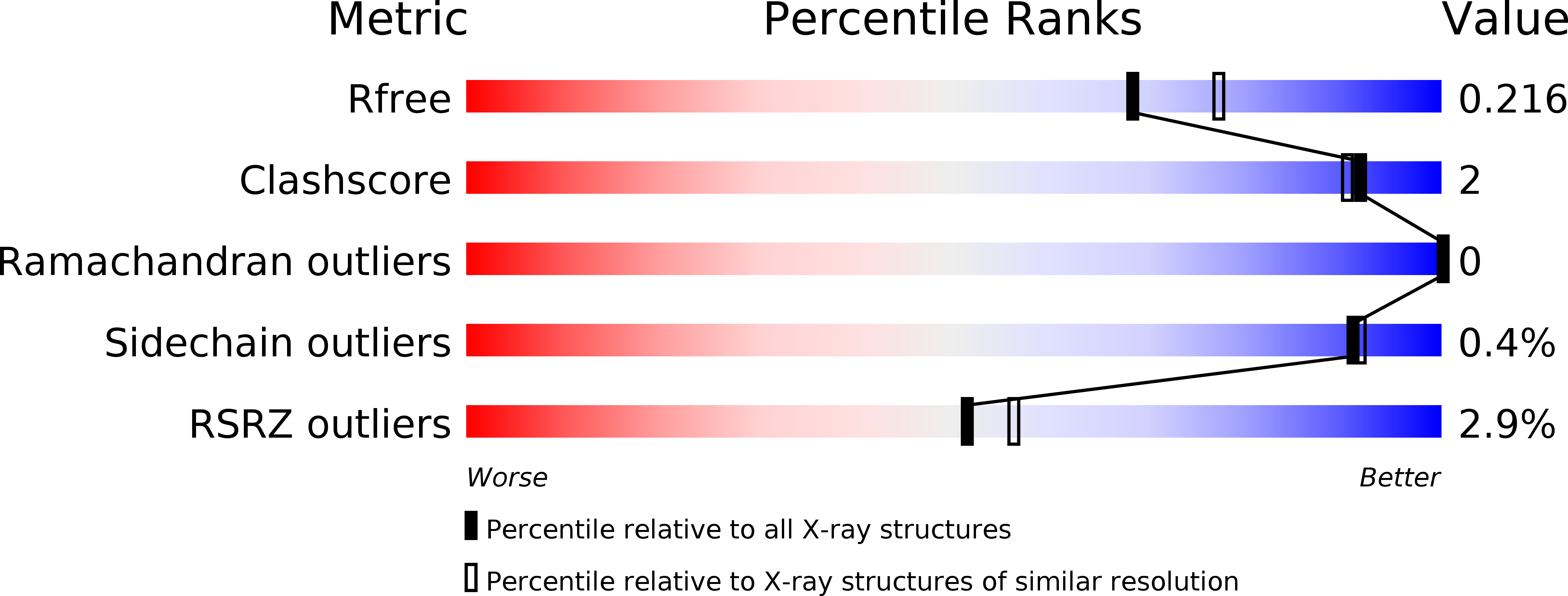
Deposition Date
2017-08-15
Release Date
2018-03-21
Last Version Date
2024-10-16
Entry Detail
PDB ID:
5OR7
Keywords:
Title:
Atomic structure of the murine norovirus protruding domain and sCD300lf receptor complex
Biological Source:
Source Organism:
Murine norovirus GV/CR10/2005/USA (Taxon ID: 463724)
Mus musculus (Taxon ID: 10090)
Mus musculus (Taxon ID: 10090)
Host Organism:
Method Details:
Experimental Method:
Resolution:
2.05 Å
R-Value Free:
0.21
R-Value Work:
0.18
R-Value Observed:
0.18
Space Group:
P 21 21 21


